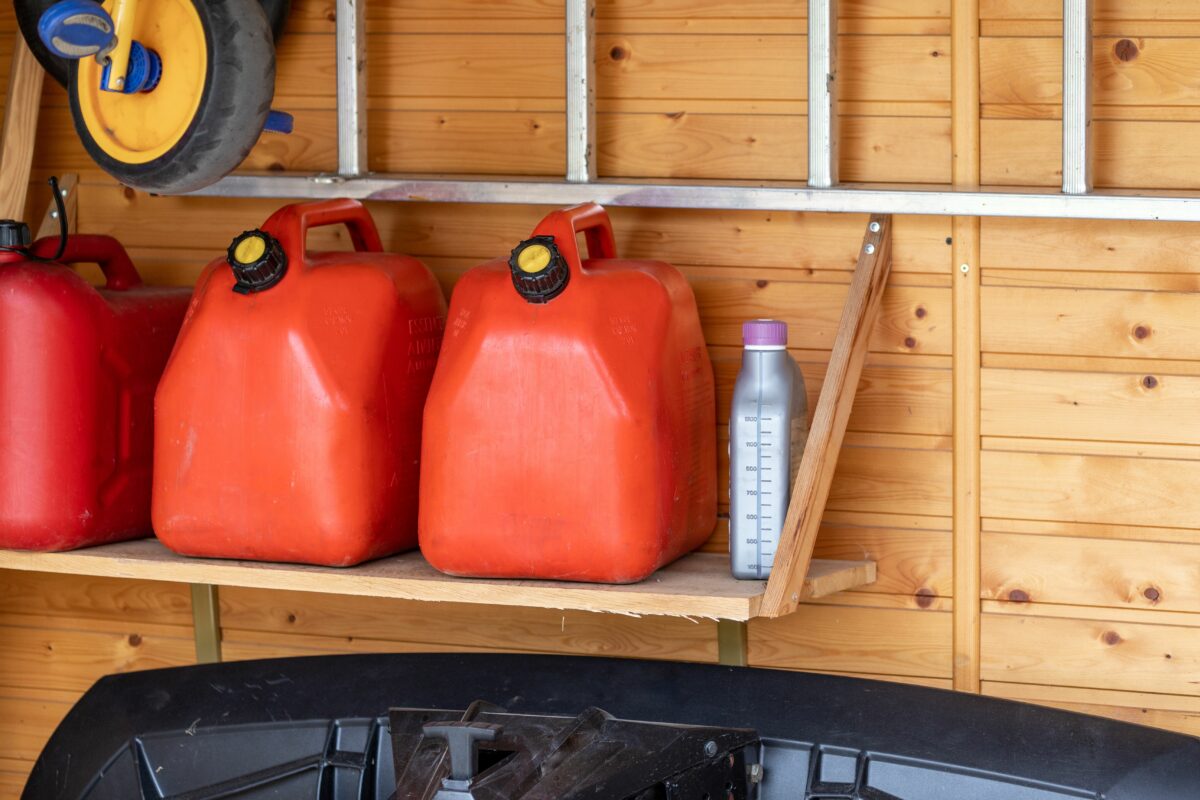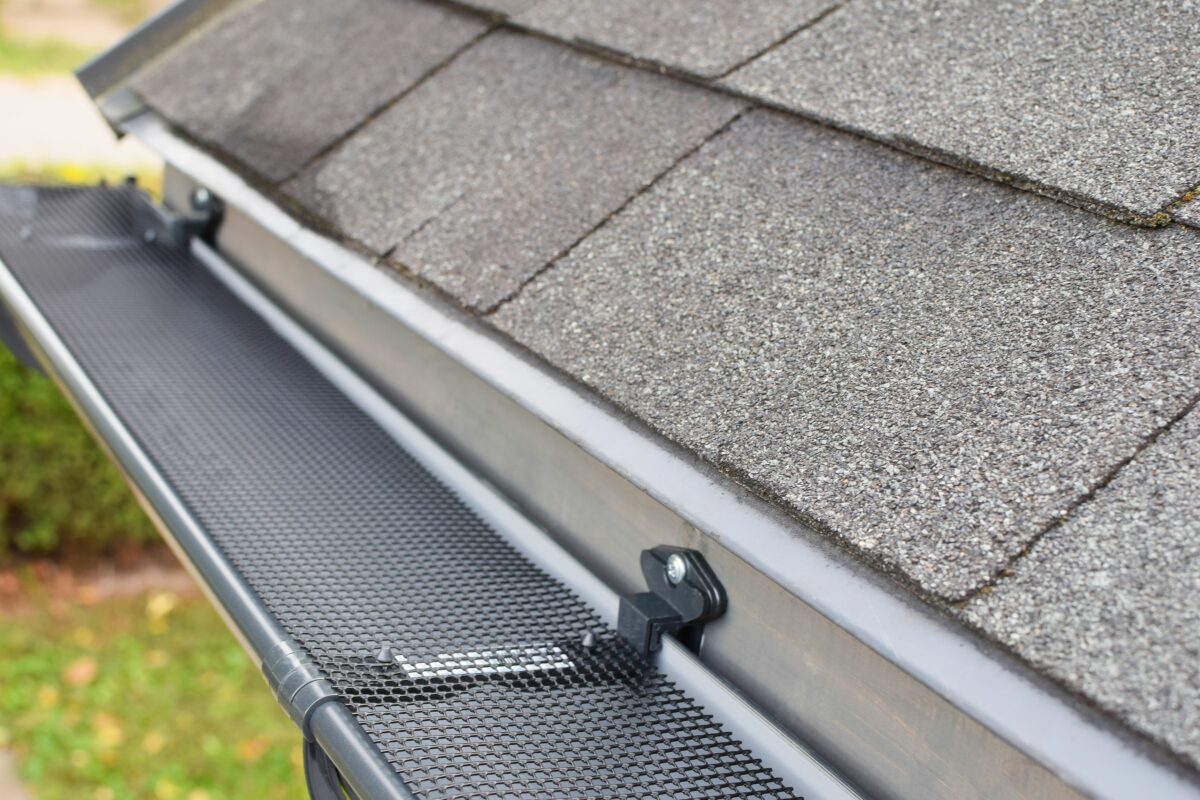Moving day is finally here, and you’ve packed the dishes and moved the mattress. But how do you move a piano safely? It’s safe to say moving a piano requires more logistical planning than most other items in your home. So much so that many people end up leaving pianos behind or offering them for free to the first person to pick them up. Instead of saying goodbye, learn how to move a piano safely (and without damage) to your new home.
Before You Begin
While physically moving a piano is difficult, the most important part of the move is planning ahead of time. Recruit some help, gather the right tools for the job, and don’t skimp on preparing for the move.
Gather Moving Supplies
Before you attempt to move your piano, round up the necessary supplies. Here’s what you’ll need:
- Measuring tape
- Moving blankets
- Ratchet straps
- Packing foam
- Bubble wrap
- Tape
- Gloves
- Closed-toe shoes
- Furniture dolly
- Floor protection paper
- Lifting straps (optional)
- Truck or trailer
- Ramp or lift
How to Move a Piano
1. Measure the Piano
Close the piano and measure its height, width, depth, and any other components that might get in the way during the moving process.
2. Measure and Map Out Your Moving Path
Plan your path through the house, measuring and accounting for all doorways and stairways to ensure the piano will fit through them. Don’t forget to account for the additional padding of moving blankets.
3. Move Obstructions
Move any obstructions from in and around your moving path, including propping doors open or removing them from the door jambs.
4. Protect the Floors
The wheels of a dolly or hand truck can scar some types of floors. To protect them, tape heavy-duty floor-protecting paper along the entirety of the moving path.
5. Protect the Piano Parts
Take time to protect all the vulnerable components of the piano. Wrap the pedals and legs in bubble wrap and secure with tape. Cover the keys with bubble wrap if they are exposed. Cover the entire piano with moving blankets and tape them in place.
6. Lift and Secure the Piano
Recruit as much help as possible to carefully lift the piano onto a furniture dolly. If necessary, use lifting straps.
Something as heavy as a piano has a lot of momentum that can fling it off the furniture dolly if it comes to a sudden stop. To prevent this, strap the piano to the dolly using ratchet straps.
Not all furniture dollies are created equally. Be sure to choose one that can handle the extreme weight of a piano, which can top 1,000 pounds.
7. Roll onto the Truck and Secure
Carefully roll the piano down the moving path and onto the truck or trailer. Leave the piano on the furniture dolly and strap it into the truck or trailer.
How to Move a Grand Piano
Moving a grand or baby grand piano is similar to moving an upright piano, but the process is more involved due to the large size and awkward shape.
Here are some steps you may want to consider when moving a grand piano:
- Invest in a grand piano dolly. If your grand piano is large or valuable, you may want to invest in a dolly made specifically for grand pianos. These grand piano dollys feature three bases (one for each leg) and are tied together in the center. They hold the piano securely, allowing you to wheel it around without disassembling it.
- Use multiple furniture dollys. If you’re dealing with a small baby grand piano or don’t want to spend the money on a grand piano dolly, you can use a furniture dolly under each leg. However, this isn’t as secure as a grand piano dolly, so proceed cautiously.
- Disassemble the piano. If you have to get the piano through tight doorways or stairways or are otherwise unable to roll the piano to the truck or trailer, removing the legs and pedals is your best option.
Tips for Moving a Piano
Here are some tips to help your piano moving efforts go as smoothly as possible:
- Don’t tune it right away. You may be tempted to call a piano tuner the second you play the first chord after arriving at your new location. However, you should wait anywhere from two to eight weeks before tuning a piano after moving it to allow it to fully acclimate.
- Clean the piano thoroughly. When moving a piano, dust and lint can get in and on it from the blankets and the moving process. Take time to wipe away any debris with a clean microfiber cloth and clean the piano using an appropriate cleaner.
- Always use a ramp or lift. Rather than trying to lift a piano into the back of a truck, always use a ramp or lift—the less steep, the better.
- Use a ramp for stairs. If you must traverse stairs when moving your piano, use a metal ramp and glide it down as gently as possible.




